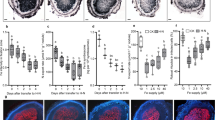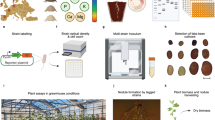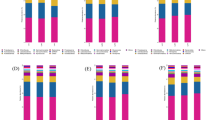Abstract
COMPARATIVELY little is known of the contribution of non-symbiotic nitrogen fixation to the nitrogen economy of tropical soils. In the tropical rain-forest areas it is generally considered that the soil nitrogen supply, depleted by arable cropping, is built up again during the period of ‘bush fallow’, presumably by indigenous legumes (and perhaps certain non-legumes) present in the regrowth. That appreciable non-symbiotic nitrogen fixation may occur in the soils of this area was shown in the experiment described here.
This is a preview of subscription content, access via your institution
Access options
Subscribe to this journal
Receive 51 print issues and online access
$199.00 per year
only $3.90 per issue
Buy this article
- Purchase on SpringerLink
- Instant access to full article PDF
Prices may be subject to local taxes which are calculated during checkout
Similar content being viewed by others
References
Crowther, E. M., Agriculture in the Sudan, 459 (Oxford University Press, London, 1948).
Russell, E. J., “Soil Conditions and Plant Growth”, 310, 323 (Longmans, Green and Co., London, 1950).
Author information
Authors and Affiliations
Rights and permissions
About this article
Cite this article
MOORE, A., ABAELU, J. Non-Symbiotic Nitrogen Fixation in a Soil of the Nigerian Rain-Forest Zone. Nature 184, 75 (1959). https://doi.org/10.1038/184075a0
Issue date:
DOI: https://doi.org/10.1038/184075a0
This article is cited by
-
Nitrogen fixation in latosolic soil under grass
Plant and Soil (1963)



